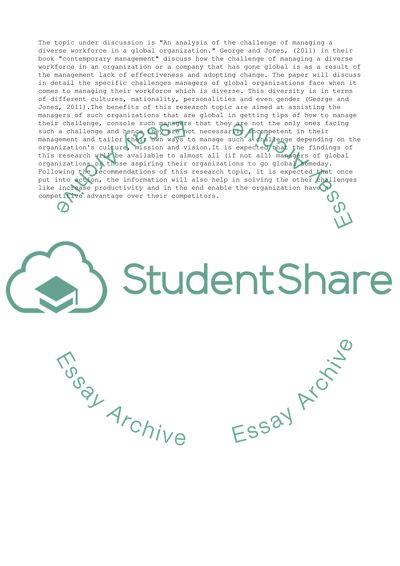Cite this document
(“Managing a diverse workforce Term Paper Example | Topics and Well Written Essays - 1000 words”, n.d.)
Retrieved from https://studentshare.org/management/1614322-managing-a-diverse-workforce
Retrieved from https://studentshare.org/management/1614322-managing-a-diverse-workforce
(Managing a Diverse Workforce Term Paper Example | Topics and Well Written Essays - 1000 Words)
https://studentshare.org/management/1614322-managing-a-diverse-workforce.
https://studentshare.org/management/1614322-managing-a-diverse-workforce.
“Managing a Diverse Workforce Term Paper Example | Topics and Well Written Essays - 1000 Words”, n.d. https://studentshare.org/management/1614322-managing-a-diverse-workforce.


